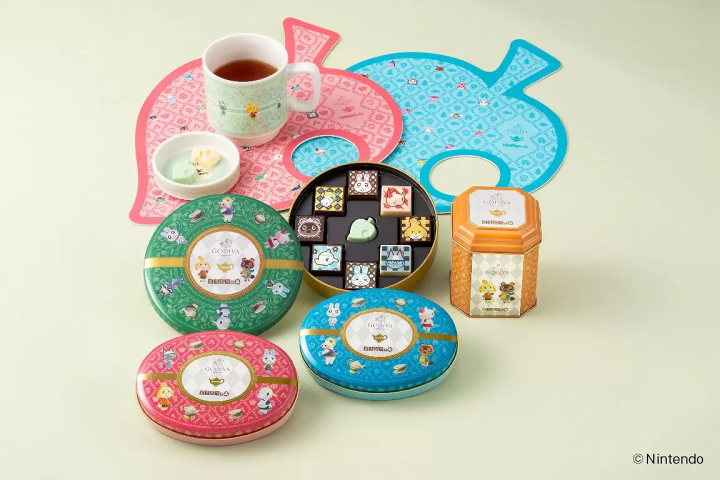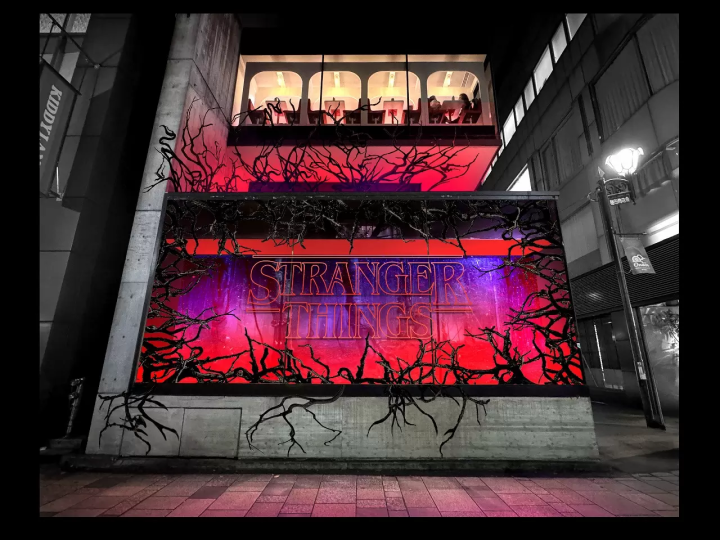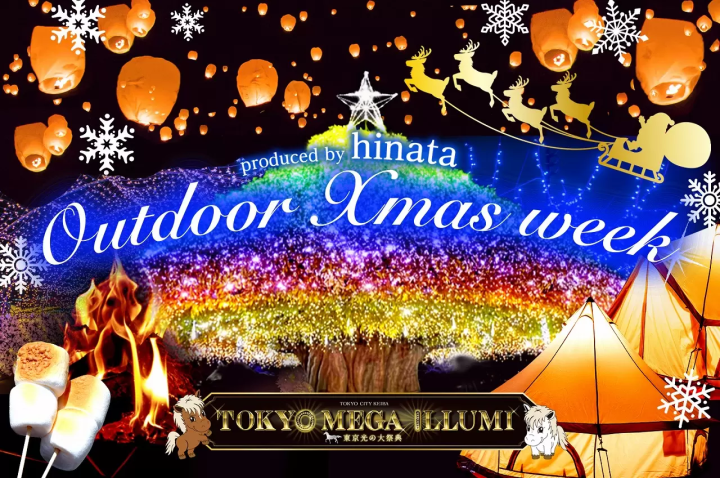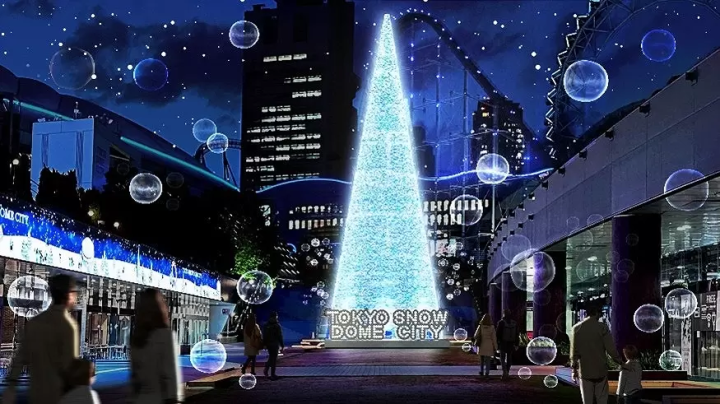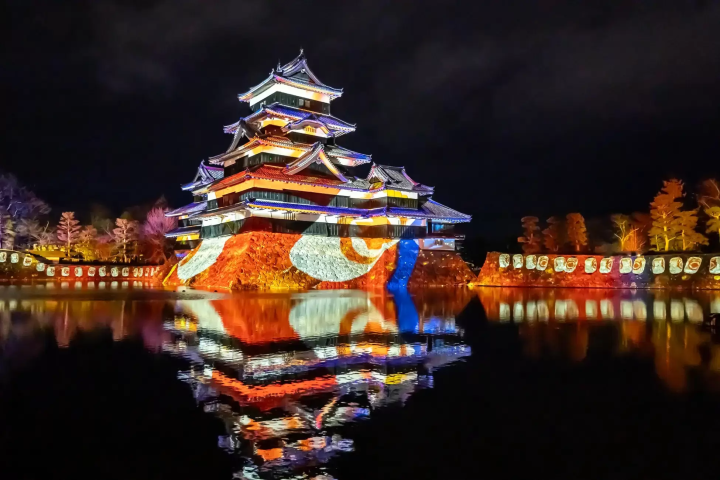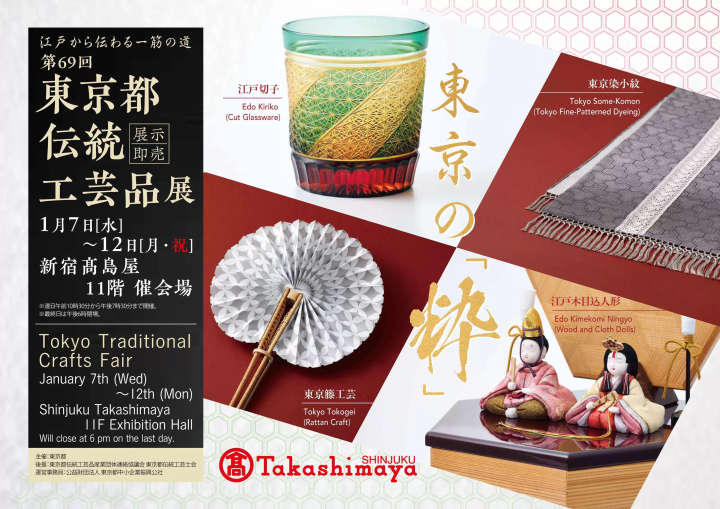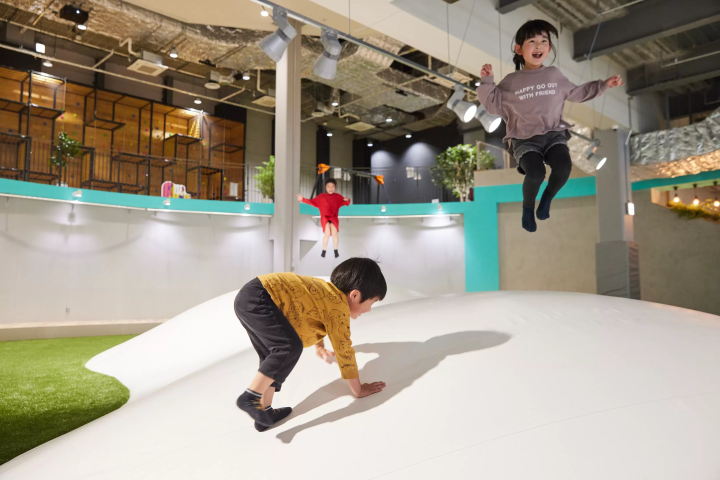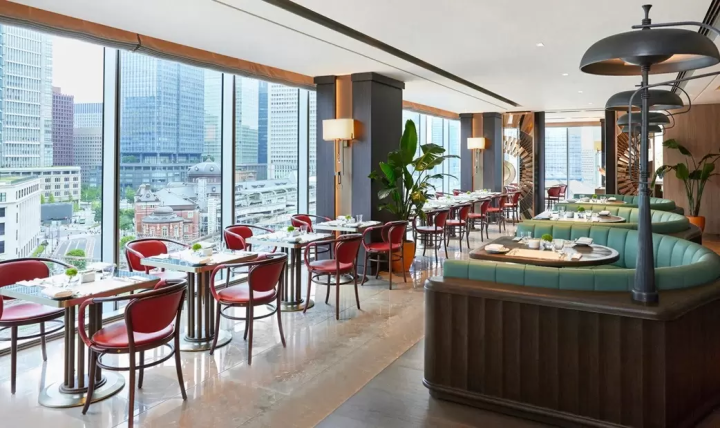[Part 2] Michinoku Coastal Trail Angel Interview (Ms. Nanami Takahashi)
![[Part 2] Michinoku Coastal Trail Angel Interview (Ms. Nanami Takahashi)](https://resources.matcha-jp.com/resize/720x2000/2025/01/17-219583.webp)
Our second interview was with Ms. Nanami Takahashi, the owner of Patisserie Fierte in Tanohata.
-
Table of Contents
- Ms. Nanami Takahashi (Interview)
- What’s in my trail backpack?
Ms. Nanami Takahashi (Interview)
First, I would like to ask about your story. I heard you worked outside of Iwate first for a bit, then came back and started this shop. What made you decide to come back to Tanohata?
I had always planned to come back to Tanohata from the beginning. When I was in fifth or sixth grade in elementary school, I saw a TV show about patissiers. I thought patissiers were cool, but I then realized there was no pastry shop in our town. Cakes for me were always things we bought in other towns like Iwaizumi, Fudai, Miyako, or Kuji. But since we have good dairy products, I wanted to take advantage of them and open a cake shop here someday. To achieve my goal, I left Tanohata for the Kanto region to study, then came back here once I felt I learned everything I needed to.
How did you get to know about the Michinoku Coastal Trail?
After I started the shop, I had the chance to become friends with a staff member of the Experience Tanohata network. By interacting with her, I learned about the trail.
How have you been involved with the trail?
I haven’t been involved with it directly yet, but I would like to gradually become more involved through my activities as a tsunami storyteller.
You also work as a tsunami storyteller.
Yes, on Friday, March 11th, 2011, I was in my second year of high school. We were cleaning up the beach for an extra-curricular activity when the Great East Japan Earthquake happened. When we were almost finished cleaning up, one of my friends screamed, “It’s an earthquake,” but I didn’t notice at all. As we continued cleaning up for a while, the cliff near us crumbled and we were covered by a dust cloud. After that, we all decided to head back. But even though we decided to go back, to get there we went through two hand-dug tunnels, so we were worried about a tsunami coming and flooding us. A boat was there to pick up the trash, but not all of us could fit on it, so we climbed the mountain to escape. Every time it shook, we grabbed the fence or crouched, trying our best not to get thrown off. While we were climbing, a siren went off and a major tsunami warning was issued. We finally made it to somewhat higher ground and tried to take a short break, but the guide said “This is where the cliff just fell. It could collapse any minute.” We ran as fast as we could. When we arrived at Tsukuehama Banya, I looked back to the sea but couldn’t see any water. We rushed to get on the bus and escaped to higher ground. Right at the place where we couldn’t see the sea, the first tsunami made landfall. From what I heard later, just one minute after our bus departed, the first wave came.
That’s exactly where the trail route is, isn’t it? Thank you for sharing your story, I do believe the Michinoku Coastal Trail and its history are inseparable. So in addition to participating in local activities like storytelling, I heard you’ve started a bed and breakfast. Have you already had guests stay over?
Tomorrow, guests from overseas will come for the first time. My husband is making signs that say “here’s the restroom,” and other things. Japanese guests have already come several times, like ones who are traveling around Japan.
![[Part 2] Michinoku Coastal Trail Angel Interview (Ms. Nanami Takahashi)](https://resources.matcha-jp.com/resize/720x2000/2025/01/17-219595.webp)
How about your shop, do people from overseas come to visit?
Once, a visitor from France came by bike. My son said to him “Your bike’s cool”, and he said “Watashi Nihongo Sukoshi (I only speak a little Japanese),” then he played with my son and took pictures with him at the end. We have those kinds of interactions sometimes. That visitor was able to speak Japanese, but in the event that the next foreign visitor can’t speak Japanese, I would like to use a translation app that a tour guide in Taro recommended to me.
So, lots of people visit Tanohata from not only Japan but also from abroad! From now on, even more people will come to Tanohata and try to walk the Michinoku Coastal Trail. Do you have any recommended spots for them? And you mentioned that you have many pastries that are made with local ingredients. Do you have any recommendations?
This town is so serene that I feel like time passes slowly. Especially for people who come here from urban areas, I think this town’s atmosphere frees you from the busy days and lets you relax and recover. Also, in areas such as Kitayamazaki, where you can walk along the coast, you can see the impactful scenery, and experience the impressive power of raw, unfiltered nature. I heard that some hikers are looking forward to trying local foods while walking the trail, and fortunately Tanohata has many local specialties. I especially recommend Tanohata Yogurt. It has a perfect balance of sweetness and sourness, so it’s very delicious. Speaking of yogurt, in Iwate’s coastal area, Iwaizumi’s yogurt is also famous, so if you walk the trail from Tanohata to Iwaizumi, it might be interesting to taste and compare both yogurts! I’d like to recommend the Banya salted caramel and chocolate sandwich cookie from my shop. Banya salt, made from Tanohata sea water, has an elegant saltiness, making it a perfect match when combined with caramels and chocolates. I’ve recently started to sell them at some events, and I want everyone to taste it once!
Is there anything you desire for the future development of the Michinoku Coastal Trail? Also, how do you want to be involved with it?
I think that it is precisely because Tanohata has nothing, we can do anything. If you want to host a trail-related event here, the possibilities are endless! As I mentioned earlier, my husband is running a bed and breakfast upstairs, so please feel free to stay here and take your time walking through the Tanohata trail route. He told me “I made sure the price is reasonable because I want hikers to spend their money on activities and meals. I hope this place becomes a comfortable space for everyone including hikers, tourists, and local people.” So with that, we look forward to meeting everyone soon!
What is your message for hikers around the world?
Tanohata has so many hidden gems that haven’t been discovered by anyone. So, please get in touch with your adventurous spirit and discover all the places that even local people don’t know about, then share your findings with people in Japan and all over the world!
What’s in my trail backpack?
☑ Portable speaker
When I go to the mountains, I connect the portable speaker to my smartphone to listen to music and keep bears away. In this area, there’re a lot of wild animals due to the close proximity to nature, so it’s a must-have item to protect myself‼
Michinoku Coastal Trail Management | NPO Michinoku Trail Club
Hello! This is the Iwate Prefectural Coastal Regional Development Bureau, which is responsible for the coastal areas of the Iwate Prefectural Government. We are responsible for 13 coastal municipalities from Tanohata Village in the north to Rikuzentakata City in the south. On March 11, 2011, a massive tsunami caused by the Great East Japan Earthquake struck this area. Although we suffered enormous damage, we have been on the road to recovery thanks to support from all over the world. The area also places great emphasis on disaster prevention education, and has earthquake relics and facilities to pass on the history of the disaster. You can experience the history of reconstruction by walking with a guide. [Famous places in the north] Tanohata Village is home to Kitayamazaki, a series of 200-meter-high cliffs; Iwaizumi Town is home to Ryusendo Cave, one of Japan's three largest limestone caves; Miyako City is home to Jodogahama, a beach of pure white stones said to resemble paradise; and Yamada Town is home to Oshima (also known as Holland Island) and Koshima, both of which float in a calm bay. The Sanriku Railway is the perfect way to enjoy this region. Take a leisurely ride on the local line and enjoy the scenery from the train window. [Famous places in the middle] In Otsuchi town, you can enjoy both the sea and the mountains, such as Horai Island, affectionately known to the locals as "Hyotan Island," and in Kamaishi city, the Hashino Iron Mine, the site of Japan's oldest surviving Western-style blast furnace and a registered World Heritage Site. This area is also famous for its local performing arts such as Toramai and ShikaOdori, and you can experience these ancient traditions at events and festivals. [Famous places in the south] There are many spots where you can experience the region's unique nature and culture, such as Goishi Coast in Ofunato, where you can enjoy the varied scenery of the rias coast; the Iwate Tsunami Memorial Museum in Rikuzentakata, which disseminates the facts and lessons learned from the tsunami; and Roukando Cave, a limestone cave with one of Japan's largest waterfalls inside a cave in Sumita town. This is an area where you can enjoy the blessings brought by the majestic nature while also learning the wisdom and lessons of coexisting with the threats of nature. We look forward to seeing you all.
The contents on this page may partially contain automatic translation.


















